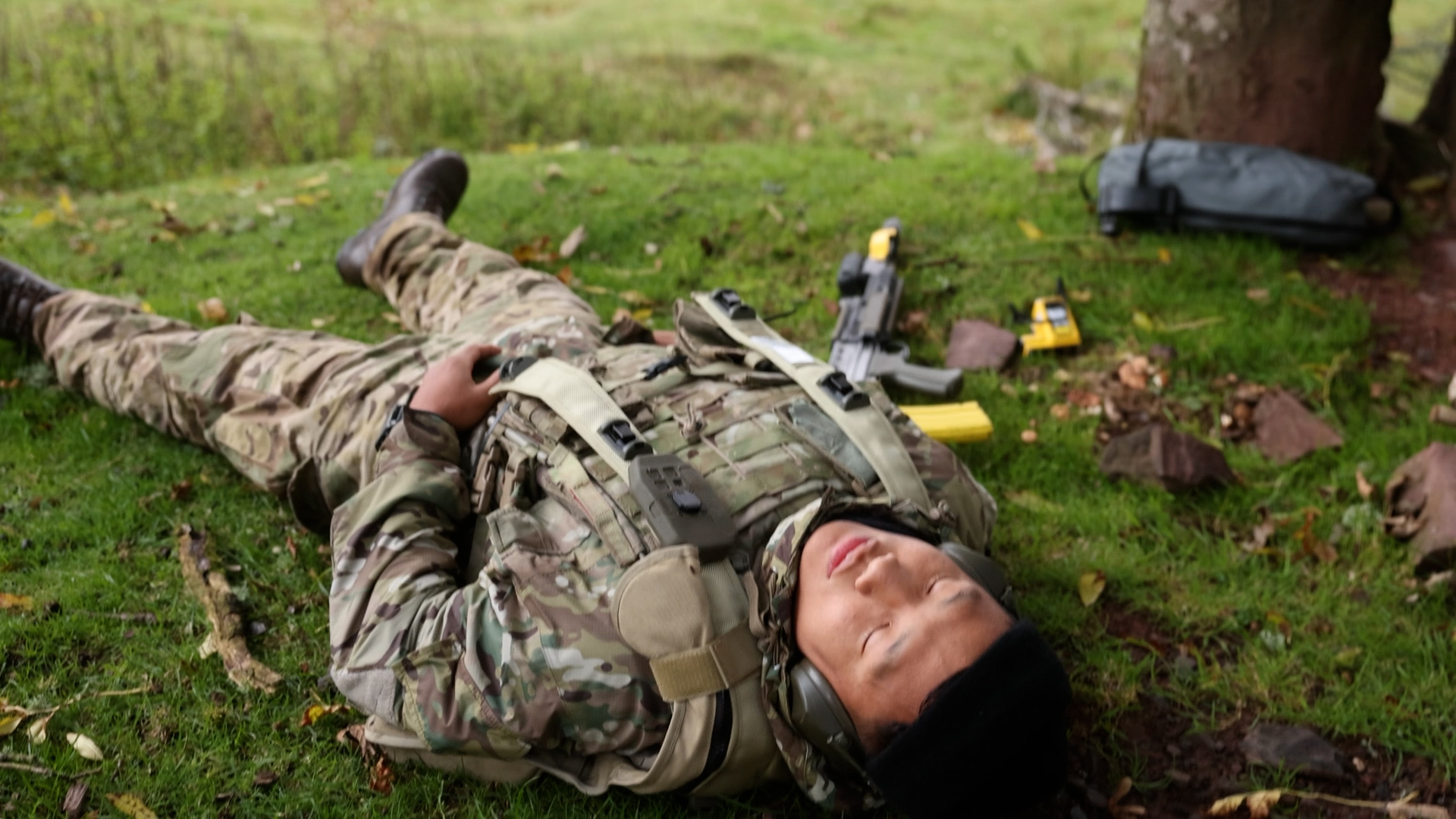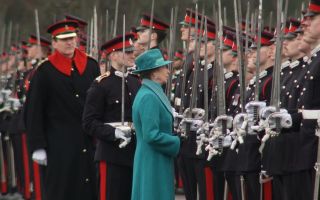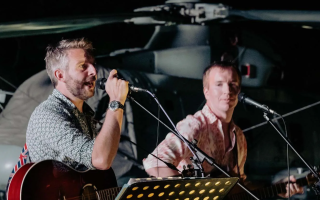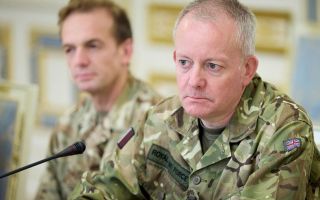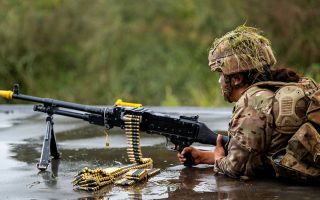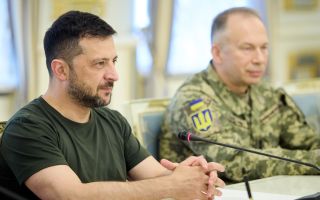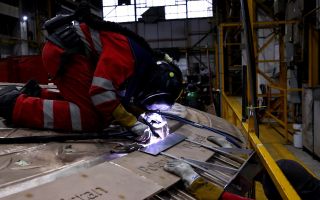Exclusive: Gurkhas – on final exercise with the newest batch of recruits
Joining one of the most elite fighting forces in the world is not meant to be easy.
Two hundred and seventy-four young men from Nepal have learned this first-hand.
They are the newest recruits to the Gurkhas and, over the past 12 months, have navigated an elite selection process and infantry programme.
- Queen's Gurkha Signals stronger than ever as parade marks birthday – and new unit
- Training put into practice as new Gurkha artillery unit fires Light Gun for first time
- A huge honour: Feeling proud and making history with the King's Gurkha Artillery
They're now into the final weeks of their comprehensive training – preparing to join their fellow countrymen in what's often considered the toughest brigade in the British Army.
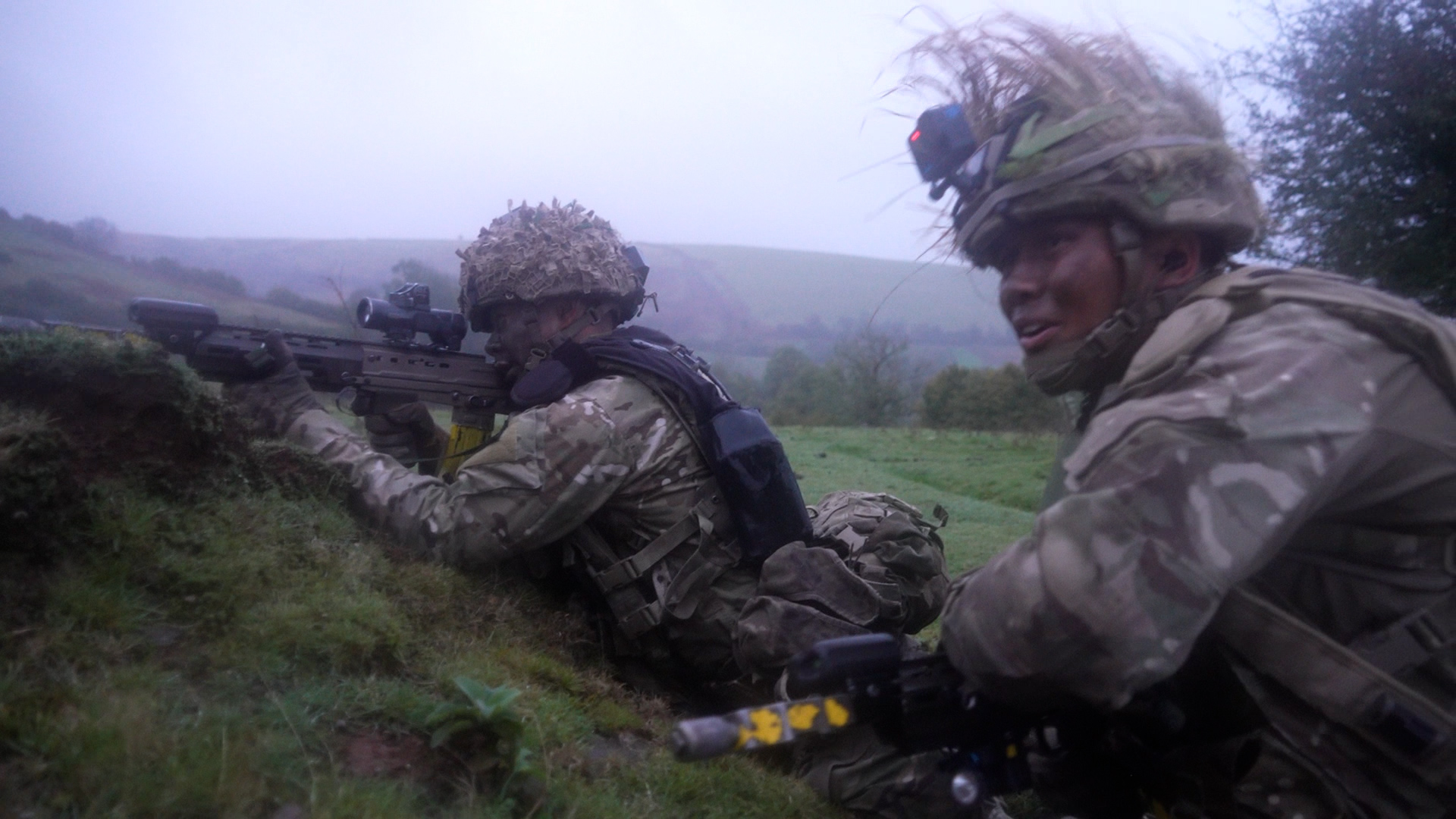
Gurkha recruits – formally known as trainee riflemen – face more challenges than most who join the Army.
While the basic phase of initial training lasts 12 weeks for non-Gurkhas, these recruits find themselves at the bottom of the ladder for twice as long.
That's because they must also achieve a basic standard in English and other cultural studies to help them integrate into a land 4,500 miles from home.
To those overseeing the training, the recruits are known as "the boys", a term reflecting both their age – almost all are under 20 – and the fact that the Brigade of Gurkhas remains a male-only environment.
In this respect, it's the final corner of the UK Armed Forces that does not yet permit women into its ranks.
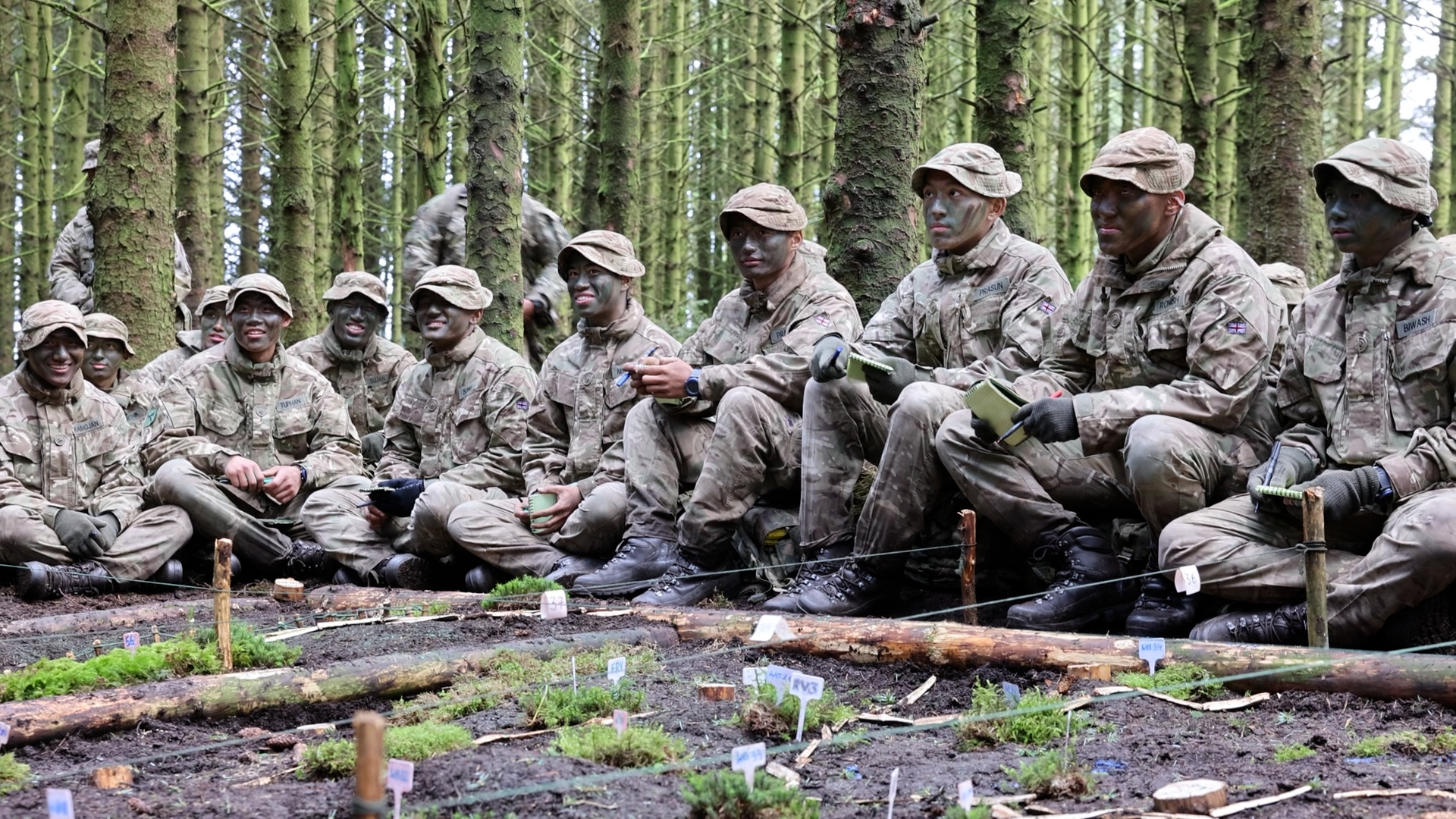
In the hills surrounding Sennybridge – that small village synonymous with infantry training in the Brecon Beacons – BFBS Forces News joined "the boys" for what is the final exercise of their long journey into the Army.
Across a week, the deployment is scenario-based and involves the platoons' permanent staff taking on the roles they would in the Field Army.
Section commanders, normally responsible for day-to-day training delivery, now lead their sections as they would on operations.
Our time with the recruits begins 24 hours before their final attack, planned for dawn the following morning.
Six Platoon, led by Lieutenant Dominic Gommo, gathers around a model pit built meticulously by the men.
The platoon sergeant tells us Gurkhas are renowned for making the best models in the field – and from the evidence in front of us, it's hard to argue.
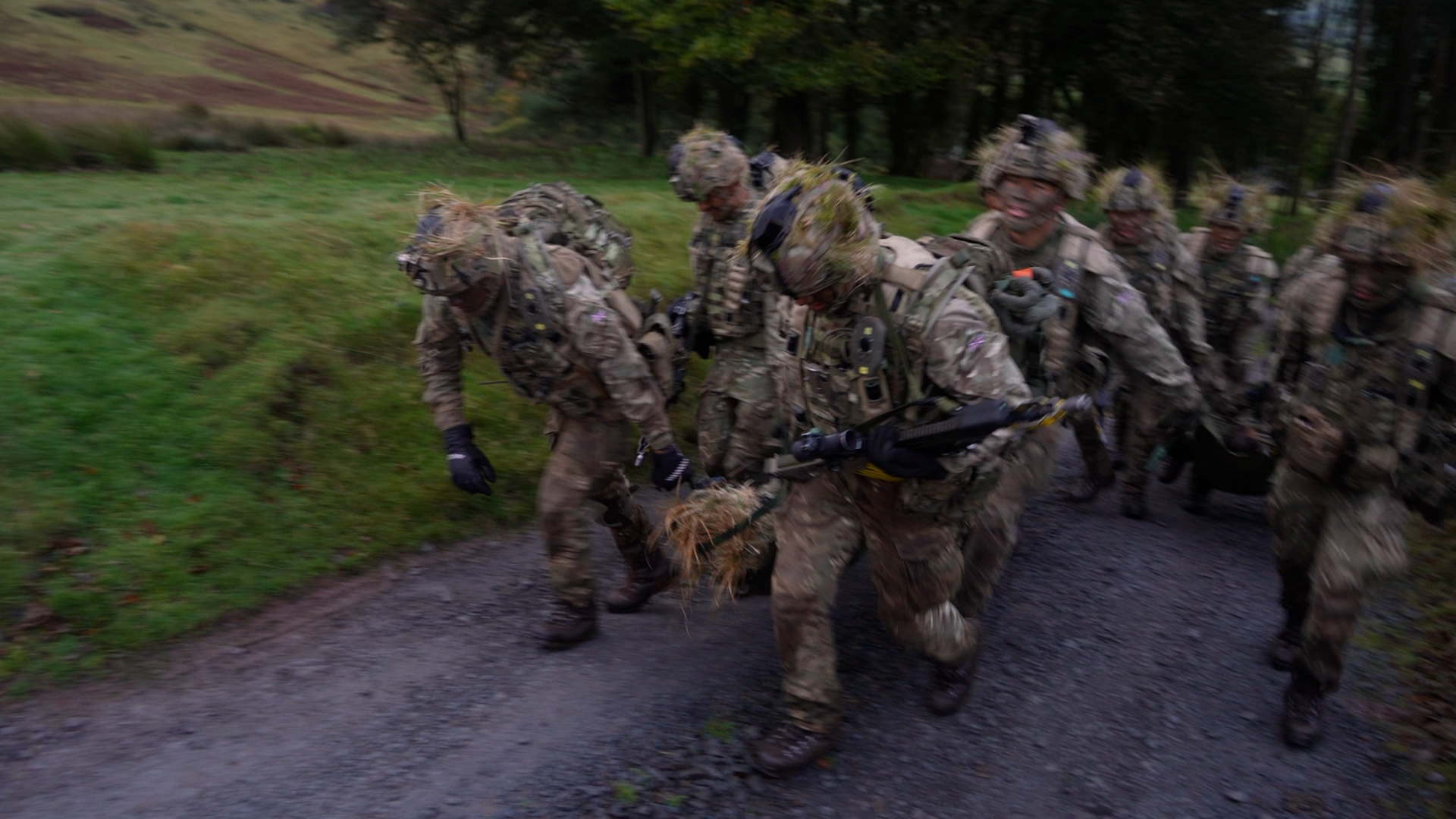
The layout includes accurate representations of the terrain where the dawn attack will take place, as well as carefully crafted models of wooded areas and streams.
Green string – a staple of any infantryman's kit – marks the grid squares on the map, and a kukri knife points north. It's a work of art.
We also spend time with the recruits as they prepare their kit ahead of the mission. In a shell scrape dug by the recruits, we speak to Trainee Rifleman Samyal Rai, who will soon join 2 Royal Gurkha Rifles.
Sharing a brew and some biscuits from his 24-hour ration pack, Samyal says joining the 2nd Battalion has been his dream since childhood.
The following morning, our crew embeds with one of the platoons for the dawn attack. In the darkness, the recruits manoeuvre into positions from which the assault will begin at H-Hour, scheduled for 07:00.
Over the radio, we listen as the platoon commander counts down the final seconds. Right on cue, heavy machine-gun fire from supporting units in the hills above the target opens up. The recruits spring into action.
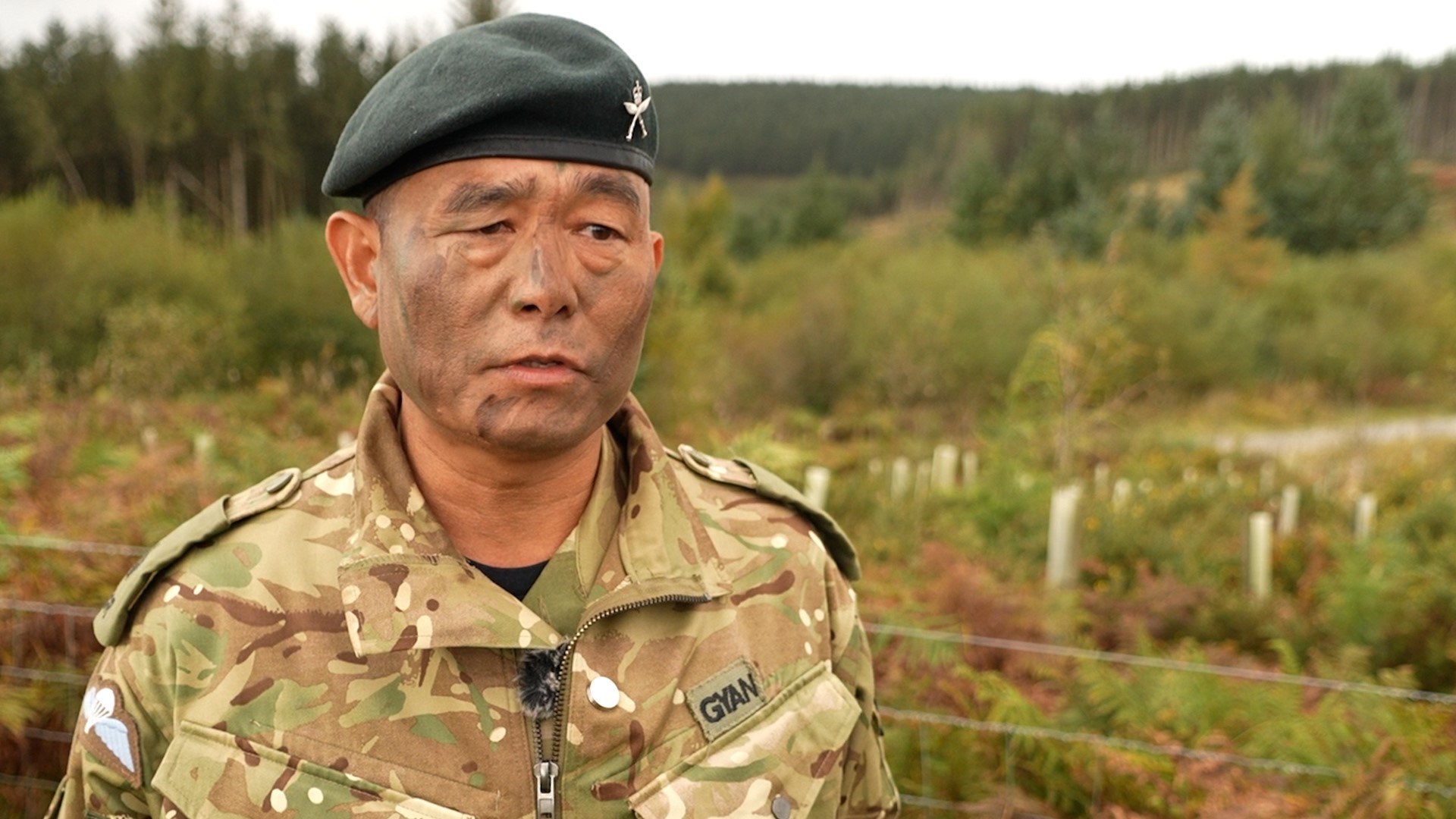
Twenty minutes into the attack, which appears to be progressing well, unclear messages about an in-play casualty begin to emerge.
Thanks to clever technology worn by each man, soldiers, who in reality would have been hit by enemy fire, are notified electronically.
A read-out screen alerts them to the type of injury sustained, adding a realism to training that blank ammunition alone cannot provide.
In the midst of the firefight, the platoon sergeant decides to send a runner from his reserve section into the action zone to find out what's happening with casualties.
We follow as he runs uphill searching for the affected section. Once located, the recruit memorises key details – the type of injury (a gunshot wound to the hand) and the soldier's zap number – before scrambling back downhill, avoiding the sights of those playing the enemy.
As he passes the information to his sergeant, the order comes to send him and the rest of the reserve section into battle to help finish the fight. It means another long slog uphill for the young recruit.
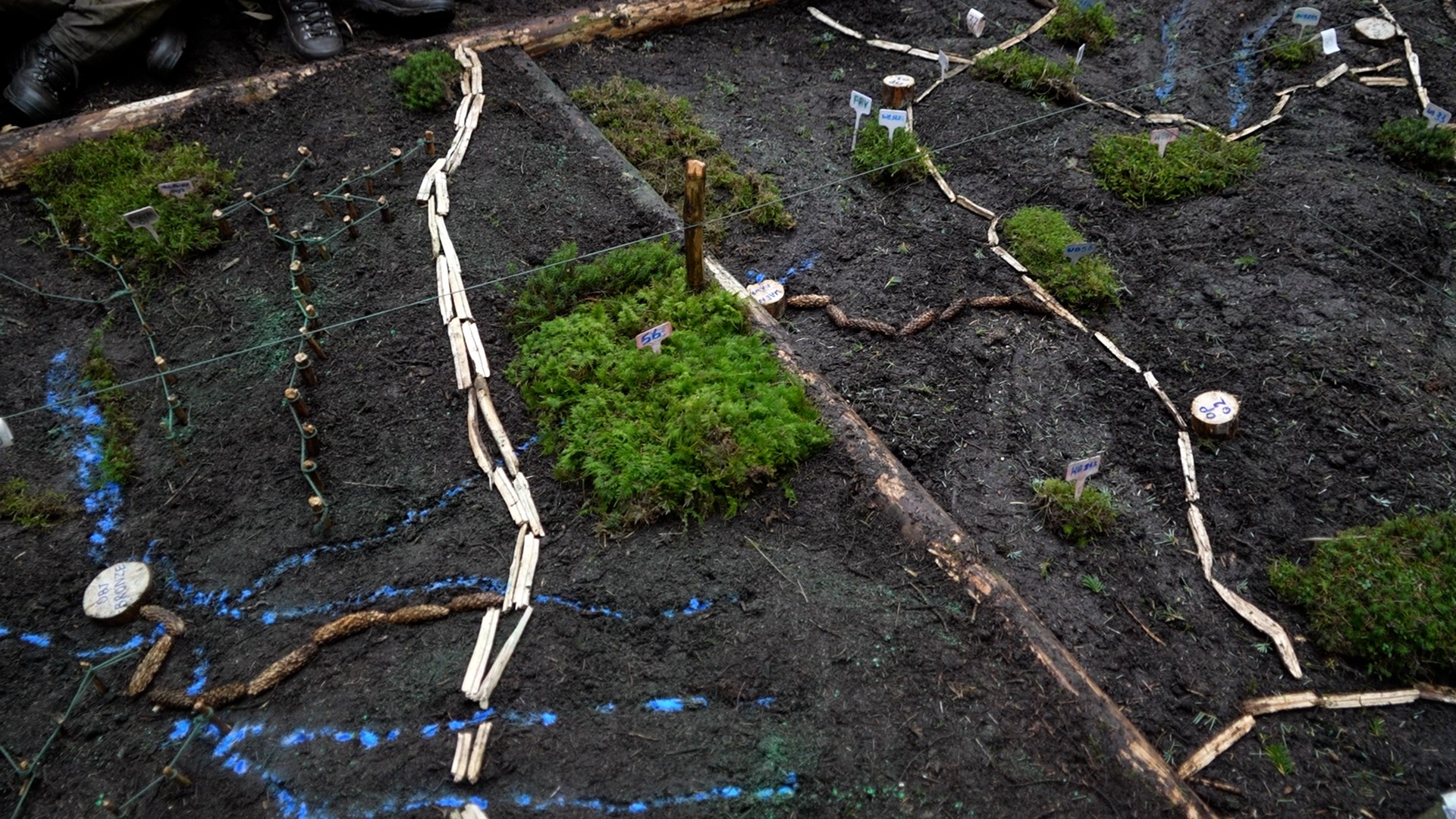
Later, he tells our reporter that the physical fitness he's gained since joining the Army means he barely registers the fatigue in the heat of the action. It's impressive stuff.
Soon, the final enemy position is defeated – with a grenade for good measure. With the immediate threat destroyed, the platoon sergeant orders his men to evacuate the casualties and the dead – all roles performed by the recruits themselves.
It's an arduous run uphill carrying the in-play injured and their kit; the final exhausting challenge to what has been a make-or-break exercise. "The boys" pass it with flying colours.
Before saying goodbye, our reporter interviews the Officer Commanding Gurkha Company, Major Gyan Dhenga, and asks what the future might hold for the recruits once they leave the confines of training. The major says, as Gurkhas, "you never know what’s around the corner".
They are words of wisdom from a man with more than 20 years in the Brigade, spoken with quiet assurance that whatever is thrown at them, the training his team delivers gives "the boys" every chance of success.
They are the future of the Gurkhas – and they will play a major role in the defence of the realm.
